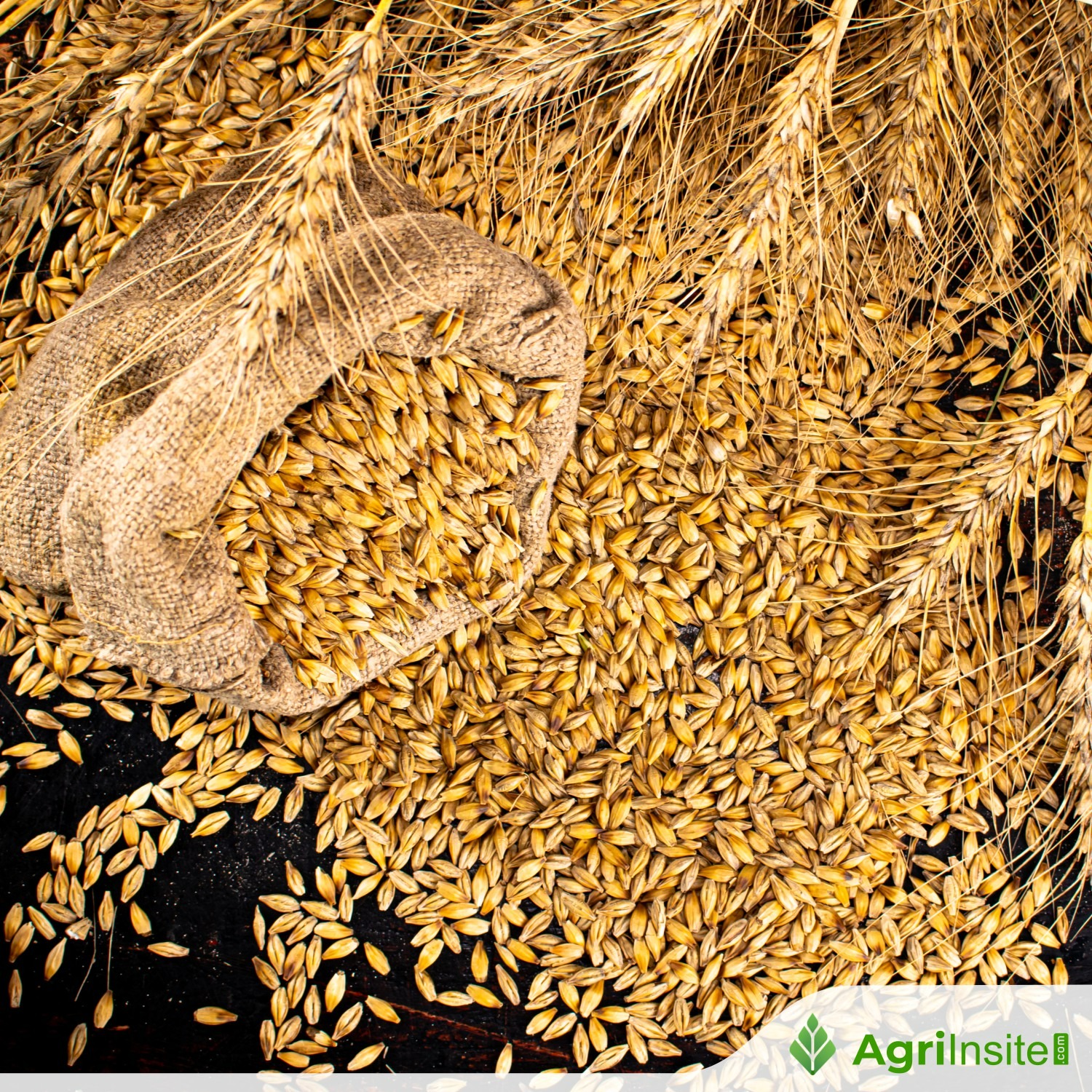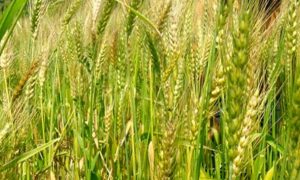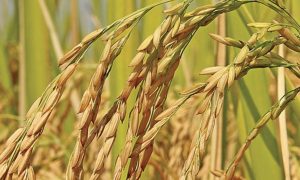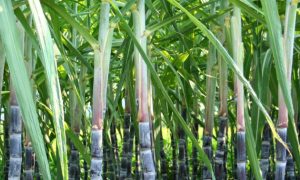At 681, Haryana wheat burning cases hit 4-year low

Haryana recorded 681 farm fires between April 1 and May 4—its lowest in four years—marking progress in curbing crop residue burning. Improved awareness, stricter regulations, and adoption of eco-friendly practices have driven the decline. Officials credit machinery support and sustainable alternatives, offering hope for cleaner air and healthier soil during the wheat harvesting season.
Gurgaon: Haryana recorded 681 farm fires between April 1 and May 4 — its lowest in four years. The drop marks a positive shift in the state’s fight against crop residue burning (CRB), a major source of seasonal air pollution and soil degradation.
The practice of burning wheat stubble, especially common in April and May after the rabi harvest, is used to quickly clear fields for the next crop. In previous years, Haryana reported 2,459 fires in 2022, 775 in 2023 and 1,157 in 2024 during the same period. Indian Agricultural Research Institute (IARI), which has shared the figures, attributes the consistent year-on-year decline to growing awareness among farmers,
improved enforcement of regulations and the increased adoption of sustainable stubble management practices.
According to experts, the wheat season also impacts air quality. Research associate at Centre for Science and Environment (CSE) Shubhansh Tiwari said, “Haryana is witnessing low farm fires as many startups are now buying the residue from the farmers. The farmers are getting equipment to manage their farms and there is awareness as well.”
“I feel that in the paddy season it may continue. CRB is very critical as prolonged periods of stagnant air can trap pollutants, leading to persistent haze, reduced visibility and increased respiratory issues — particularly among vulnerable communities,” Tiwari said.
The practice of CRB is a major concern, as it releases harmful pollutants into the atmosphere, affecting public health and the environment. Haryana agriculture department (Jhajjar) Mohit Kumar said public awareness campaigns which have been carried out over the years are “yielding results” to educate farmers and the general public about the negative consequences of CRB and the importance of adopting ecofriendly alternatives.
State agriculture officials said efforts are being made to provide subsidised machinery to farmers to manage crop waste. An agriculture department official in Kurukshetra said the number of active fire locations in the district has come down. “Farmers are being encouraged to adopt alternative methods of crop residue management, such as incorporating the residue into the soil or using it for biomass energy production. The govt is also providing incentives and support to farmers to facilitate the transition to
more sustainable farming practices. All these are helping to reduce the farm fires,” an agriculture official said.
This year, Jhajjar led the state with 141 fires, followed by Rohtak (88), Sonipat (73), Kaithal (52) and Karnal (46). Other districts with notable cases included Sirsa and Jind (38 each), Charkhi Dadri (33), Hisar (31) and Fatehabad (30). Smaller numbers came from Panipat (28), Kurukshetra (25), Ambala and Yamunanagar (16 each), Palwal (11), Bhiwai (10) and Faridabad, which saw just five incidents.
Officials say the encouraging trend is the result of sustained efforts through govt schemes, field-level engagement and equipment support for in-situ stubble management—offering a hopeful outlook for air quality and sustainable agriculture in the region.
Swagata Dey, policy specialist leading the Air Quality Policy and Outreach Group at Center for Study of Science, Technology and Policy, said, “Summer crop residue burning of rabi crops is rarely discussed as its impact on air quality across the IndoGangetic Plains is less because of changes in wind patterns. This year, it is encouraging to see that the numbers have reduced in Haryana.”
To Read more about Wheat News continue reading Agriinsite.com
Source : The Times Of India

















